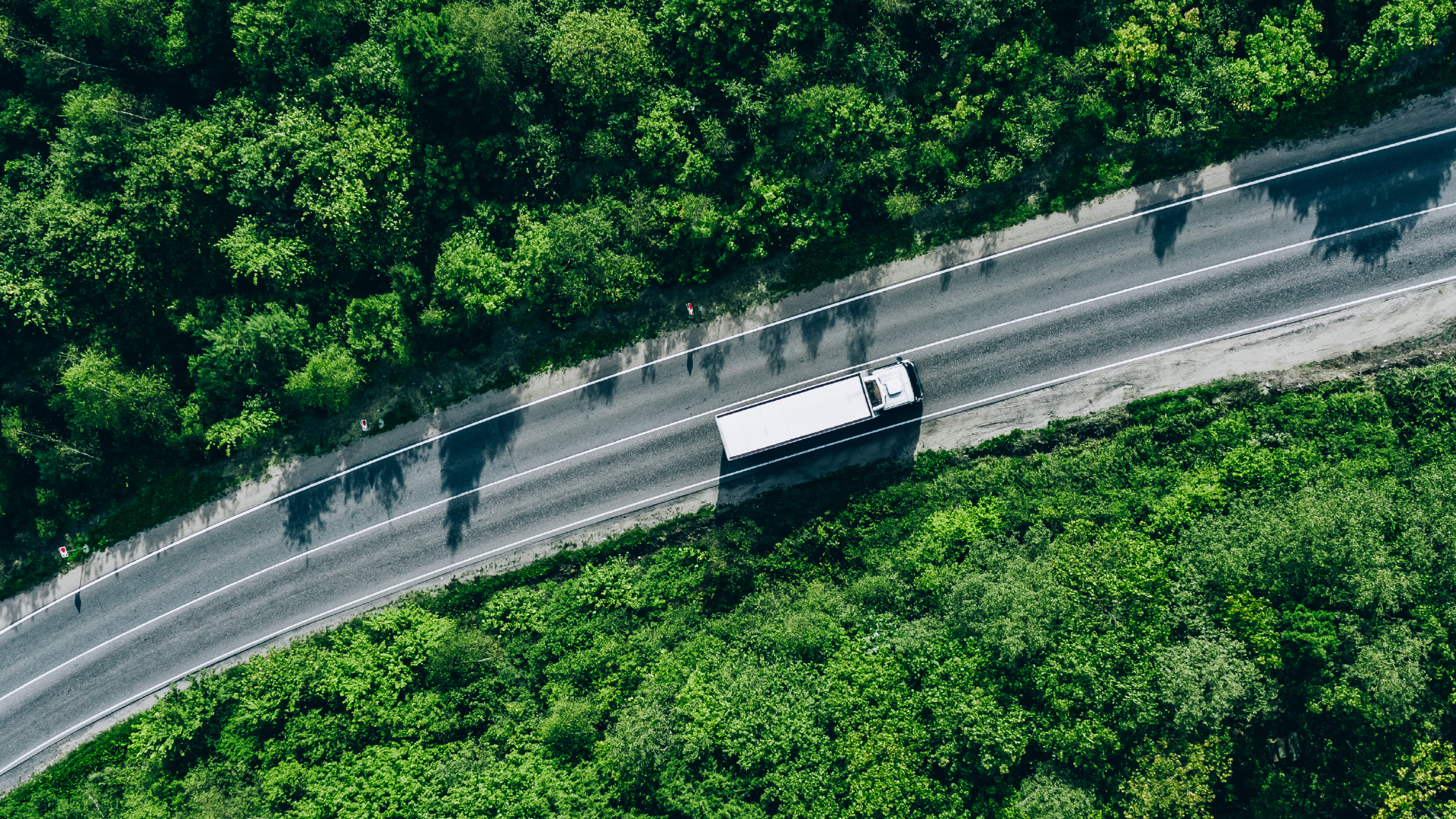Discovering the hidden cost of virtual water

Five years ago I fell in love with the concept of virtual water. That concept took me on an amazing journey that led to major discoveries: the power of information design, the importance of communicating science and above all our hidden demands on water.
What if I told you that I eat 5,600 litres of water every day? Eating water might sound strange, but I discovered that we eat loads of it, we are addicted to it and we don’t know it.
Much of our water use is obvious – it’s visible in our homes, in the water we use for drinking, cooking, washing. This is our domestic consumption. Research shows that an Italian like myself consumes an astonishing average of 220 litres every day.
There is a little problem though. We use many times this amount in ways we don’t realize; ways that are invisible. This is where virtual water enters the story.
The products we buy in the shops and supermarkets all have a water cost. They all require water in their growth, production, packaging, etc. The amount required is their virtual water content.
According to the Water Footprint Network (WFN), the water required for the production of industrial products we use every day, such as paper, cotton and clothes, amounts to about 450 litres per day.
But the really big invisible use – the elephant in the room – is associated with producing the food we eat – the water required to grow, raise, produce, package and ship that food. This amounts to 5,600 litres every day. If you think I am slightly deranged you will change your mind once you discover the world of virtual water. Then you will see the 140 litres hidden in a tiny espresso or 15,400 litres hidden in a steak.
Italians “eat” a lot of water. So do Brazilians who eat about 5,200 litres every day; in China or India, 2,700 litres, and in the US 6,500 litres.
Extraordinary work by scientists at the WFN reveals that globally 92% of the water we use is invisible and hidden in our food. This suggests two things:
First, food is the big issue. As 92% of all water consumption goes into food production there is nothing more important than our food-consumption habits; the amount of meat in our diet, the food we throw in the bin. Water expert Tony Allan warns: what we eat and what we do not waste will enable us to be globally water secure.
Second, by trading food our national economies “trade” virtual water. Many countries have significantly externalized their water footprint without assessing if the imported products cause water depletion or pollution in the producing countries. WFN founder Arjen Hoekstra suggests that by looking at water use within only their own country, governments do not have a comprehensive view of the sustainability of national consumption.
Sensible food consumption and natural resource-aware trade should become two of the commandments for our 21st century society if we want to build a sustainable future.
Author: Angela Morelli is an Information Designer. She teaches and lectures at international conferences on design and communications and collaborates with a number of research organizations in Europe. Morelli serves as an ambassador for virtual water and water footprint research, and was named a 2012 Young Global Leader by the World Economic Forum.
Image designed by Angela Morelli
Sources & Links:
http://www.angelamorelli.com/water/
Virtual Water: Tackling the Threat to Our Planet’s Most Precious Resource, Tony Allan
National Water Footprint Accounts – Main Report N° 50, Water Footprint Network
Don't miss any update on this topic
Create a free account and access your personalized content collection with our latest publications and analyses.
License and Republishing
World Economic Forum articles may be republished in accordance with the Creative Commons Attribution-NonCommercial-NoDerivatives 4.0 International Public License, and in accordance with our Terms of Use.
The views expressed in this article are those of the author alone and not the World Economic Forum.
Stay up to date:
Climate Crisis
Forum Stories newsletter
Bringing you weekly curated insights and analysis on the global issues that matter.
More on Climate Action and Waste Reduction See all
Noelia Garcia Nebra
November 18, 2025







